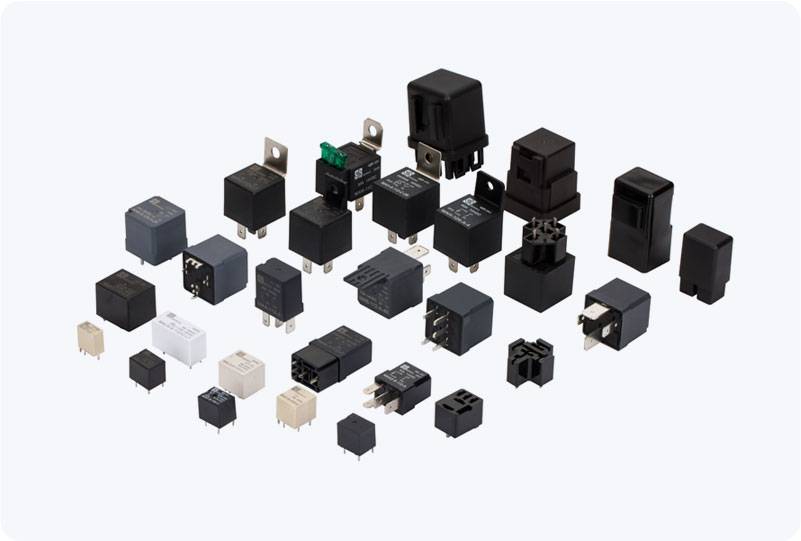solid state relay (ssr): the future of reliable and efficient switching technology
Release time:2025-08-12 05:46:28
Solid State Relay (SSR) is an advanced switching device that has gained significant popularity in various industrial, commercial, and residential applications. Unlike traditional electromechanical relays, SSRs use semiconductor components, such as transistors, TRIACs, or thyristors, to perform the switching functions. With no moving parts and the ability to handle high-speed switching, Solid State Relays offer numerous advantages over their mechanical counterparts. This article will explore the features, benefits, applications, and limitations of Solid State Relays, emphasizing their growing importance in modern electronic systems.

Features of Solid State Relays (SSR)
The primary distinction of Solid State Relays from traditional mechanical relays is their absence of mechanical moving components. Instead, SSRs utilize semiconductor devices to control the flow of electricity. This fundamental design offers several notable features:
No Moving Parts: Since SSRs do not rely on mechanical parts such as contacts and coils, they are inherently less prone to wear and tear. This characteristic extends the lifespan of the device, ensuring high reliability over time.
Fast Response Time: Solid State Relays can respond to input signals in milliseconds, making them ideal for applications that require high-frequency switching. Unlike mechanical relays, which may have slower switching times due to physical movements, SSRs provide almost instantaneous switching.

